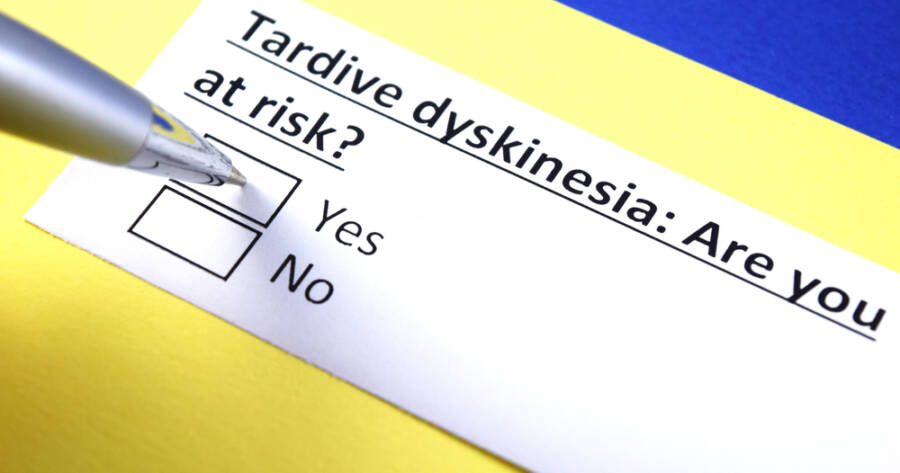Tardive Dyskinesia (TD) emerges as a challenging movement disorder primarily associated with prolonged use of antipsychotics, manifesting as involuntary facial movements. This condition persists even post-medication and requires careful diagnosis and management. From trusted treatment options to key risk factors and prevention strategies, understand the comprehensive understanding of TD’s impact and mitigation.
Understanding Tardive Dyskinesia (TD)
Tardive Dyskinesia (TD) is a complex movement disorder often caused by long-term use of certain medications, particularly antipsychotics. These involuntary muscle movements commonly affect the face, such as the lips, tongue, and jaw, and can significantly impact an individual’s quality of life.
Its occurrence is primarily linked to the prolonged blockade of dopamine receptors, which increases the sensitivity of these receptors over time. Despite being a known side effect, the condition can persist even after the medication is stopped, especially in those who have been on first-generation antipsychotics.
Identifying and Managing TD Symptoms
Diagnosis of TD involves differentiating its symptoms from other movement disorders such as Parkinson’s disease. This may involve physical exams and tests to assess nerve and muscle function. Regular screenings are crucial, as early detection can mitigate the severity of symptoms.
Management strategies focus on reducing the dosage of the causative medication or switching to a safer alternative. For many patients, VMAT2 inhibitors like Austedo (deutetrabenazine) and Ingrezza (valbenazine) are approved and effective options that block specific brain proteins to manage symptoms.
Recommended Treatment Options for TD
VMAT2 inhibitors are supported by growing evidence as a viable first-line therapy for TD. Deutetrabenazine, marketed as Austedo, requires a stringent adherence to prescribed doses, with healthcare providers adjusting them as necessary to maximize efficacy and minimize potential side effects.
These medications, however, necessitate careful monitoring due to risks including drowsiness and, particularly concerning for Huntington’s Disease patients, depression and suicidal thoughts.
Alternative and Experimental Strategies
Alternative treatments like vitamins E and B6 or off-label medications such as clozapine and amantadine have shown limited efficacy and are generally not recommended. Despite some positive responses, these are best considered as short-term solutions or when other treatments prove ineffective.
Patients are advised against unsupervised medication adjustments due to the risk of exacerbating their primary condition, and any treatment plans should be discussed thoroughly with a healthcare provider.
Risk Factors and Prevention
Certain populations, including African descent, older adults, and females, are at higher risk for TD, especially when compounded by factors such as diabetes, substance use, and prolonged exposure to antipsychotics.
Prevention remains a key strategy, emphasizing the use of minimal effective doses of antipsychotics for the shortest necessary duration. Regular monitoring for early signs and routine screenings are essential prevention measures.
Why You Should Learn More About Tardive Dyskinesia Today
Understanding Tardive Dyskinesia and its management is crucial for anyone affected by or at risk for this condition. Proactive measures, informed treatment plans, and regular consultations with healthcare providers can significantly improve quality of life and reduce symptom severity.
The effectiveness of medications like VMAT2 inhibitors highlights the importance of remaining updated on treatment advancements, especially for those who might benefit from newer interventions. Educating oneself about the disorder not only aids in prevention but also empowers patients to actively participate in their treatment decisions and self-care strategies.
Sources
Managing Tardive Dyskinesia through VMAT2 Inhibitors
Clinical Insights into Tardive Dyskinesia

